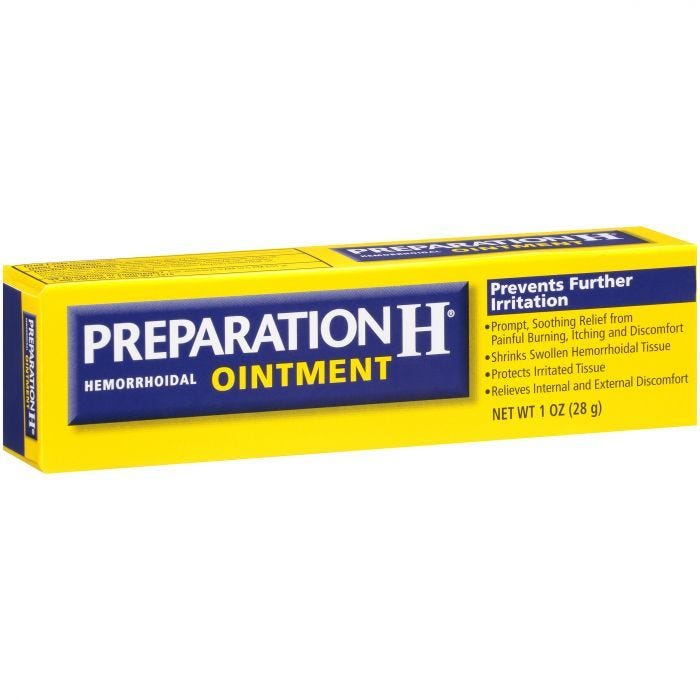Setting up a good product manager hiring process (for most startups). Defining what kind of product manager you’re seeking
Setting up a good product manager hiring process isn’t rocket science. However, to perform it consistently well and repeatedly, you need to create an end-to-end process and stick to it. But if you’ve never created a hiring process from scratch, you might be overwhelmed with the various tips and advice. Let me summarize for you how to setup a good product manager hiring process.
Starting with a 30,000 overview
Before we dive into the details, let’s start with an overview that’ll help guide you through the rest of this article. Knowing what the process looks like end-to-end will ensure you know what’s coming next and not be surprised.
9 Stage Hiring Process
Starting Preparation
Defining the kind of product manager you’re seeking
Writing the job description
Creating homework assignments
Selecting target compensation range
Kicking Off Hiring Meeting
Selecting and meeting with folks who are going to part of the interviewing team
Communicating how the decision will be made to make an offer
Articulate how and who will be responsible for evaluating which areas
Sourcing Candidates
Deciding if you’re working with an in-house, outside, or no recruiter
Blocking time to source candidates
Reviewing Resumes and Initial Screening
Decide how you’ll evaluate resumes
Blocking time to review resumes and schedule initial screening
Conducting Phone or Video Screening
Setting up interview questions
Picking the interview note taking tool
Making a decision during or after the interview
Scheduling Homework Presentation and Onsite / Remote Onsite
Doing the homework assignment yourself
Blocking time to schedule onsites
Conducting Onsite / Remote Onsite 1:1’s
Facilitating the half-day
Collecting feedback
Keeping the interview team updated
Reviewing and Tweaking the Hiring Process (conditional)
Giving an Offer and Closing
Providing verbal offer and benefits
Negotiating offer and start date
On-boarding, Training, and Continuous Coaching (not covered in this article)
Preparation avoids pain: Starting preparation
A good product manager hiring process doesn’t start with writing the job posting or reviewing resumes. It starts with answering the question, “What kind of product manager should we hire?” But answering that question can be difficult for many who don’t have a framework for tackling the problem. Coupled with the wide variety of product manager background and experiences, it not always easy to decide how to evaluate the type of PM you want to bring.
First, there are a couple of basic baseline skills all PM should have:
able to synthesize (i.e., connect the dots) and process (i.e., make sense of) a lot of data
clear and concise, written and verbal communication
know how and when to lead with and without authority
can collaborate with others effectively, within the constraints of company and the culture
curious and inquisitive in the product / industry
methodically in decision-making even with incomplete information
After the baseline is out of the way, we can start moving to the next question “What type of problems do you need a PM to help solve at the stage of your company and product?”
What stage is your company?
Early: <25, no formal product manager other than founders
Middle: ~25 - 100, 1 - 3 product managers, starting to form a product management organization
Late: 100+, growth or scaling product, 3+ product managers, more than single product, product management org has specialization either by hierarchy (e.g., director of product vs product manager) or function (technical vs. non-technical product manager)
What stage is your product?
Before product-market fit: When you haven’t created a product or service that solves a specific problem for a set of customers that are desperately seeking a solution.
After product-market fit: When you’re optimizing.
When you think about problems for your company and product, you get something like the below.
This then helps you understand the key characteristic of a product manager you should seek.
The baseline characteristics plus the framework should give you a good foundation in answering the question “What kind of product manager should we hire?”. It’s this upfront thinking that’ll make it easier for you to write the job description and create any homework assignments or questions (i.e., figuring out how to assess candidates). Job description, interview questions, homework assignment, even interview process can then be adjusted.
Job Description Template | Job Description Example
Sources:






